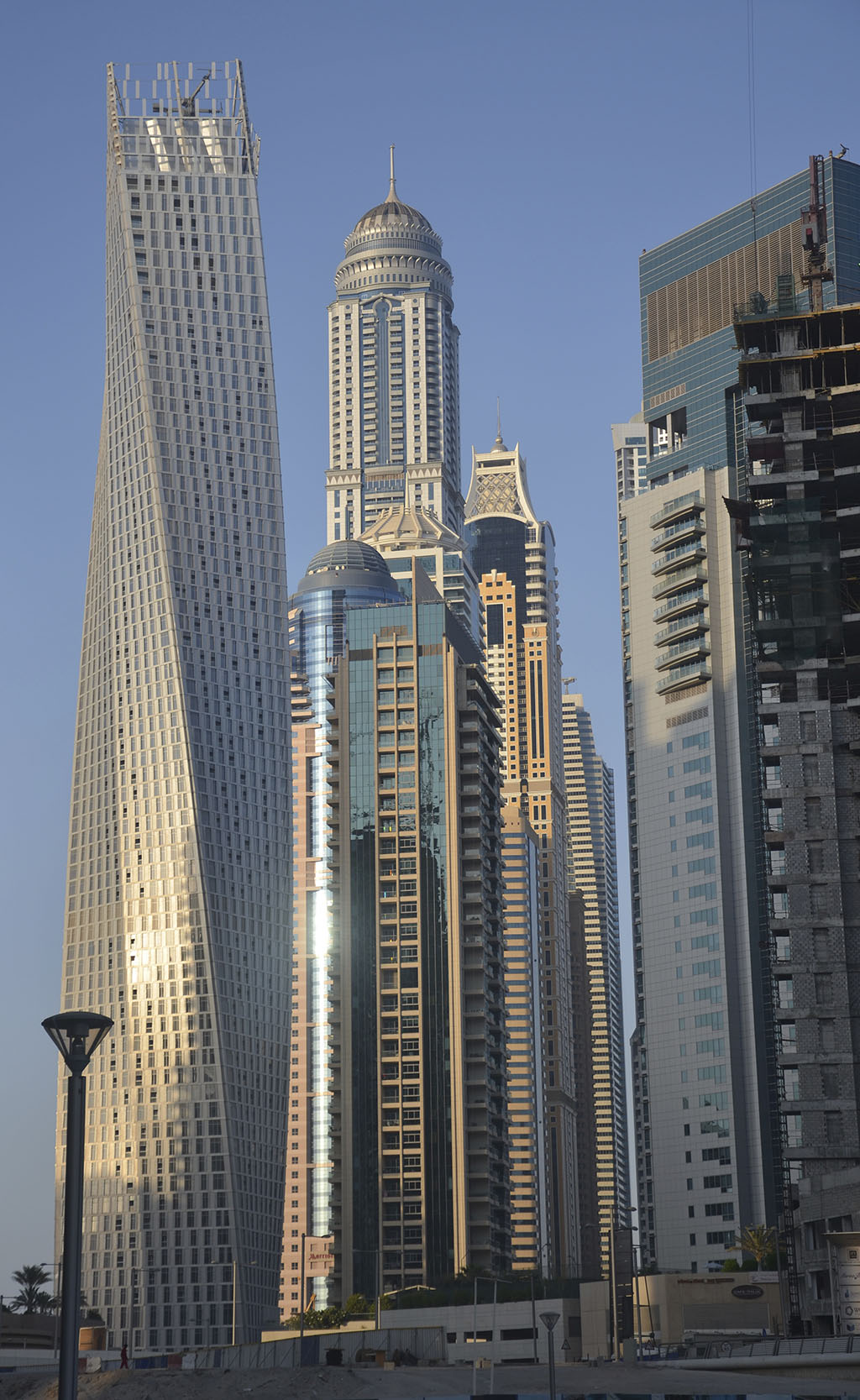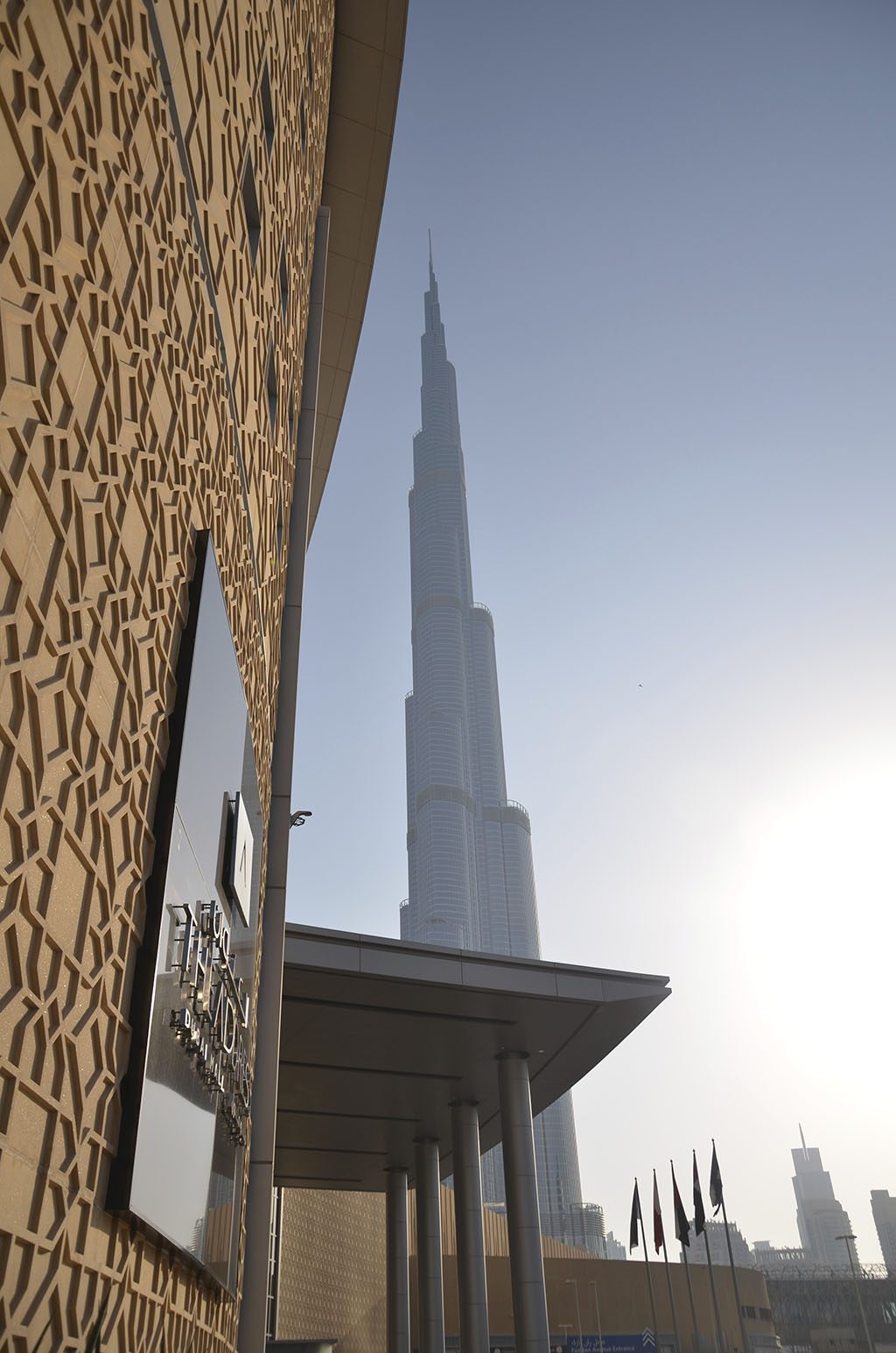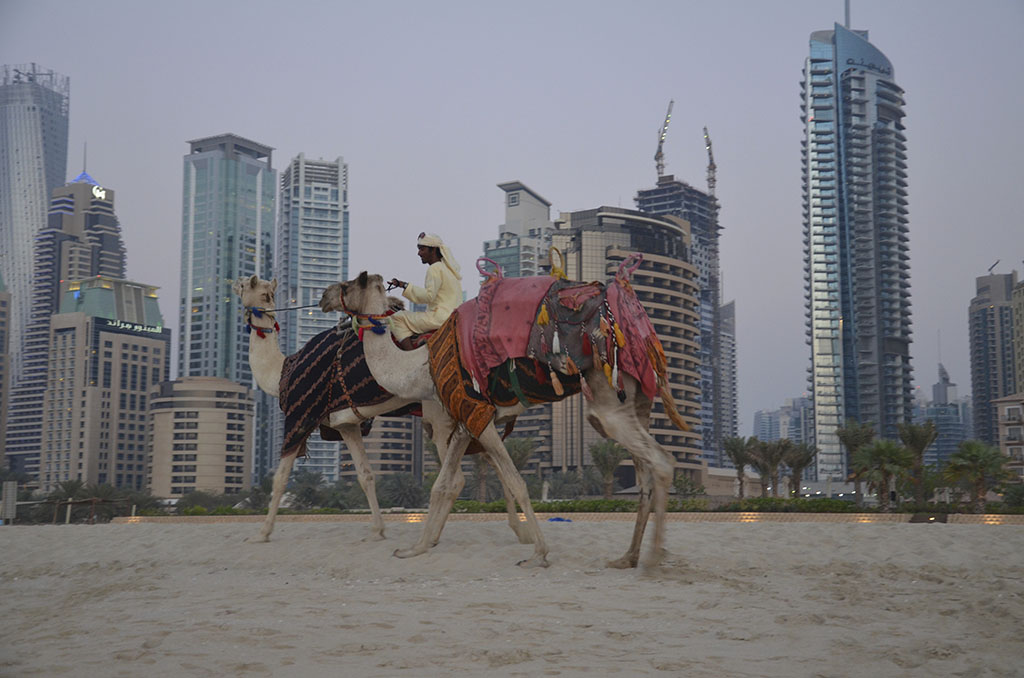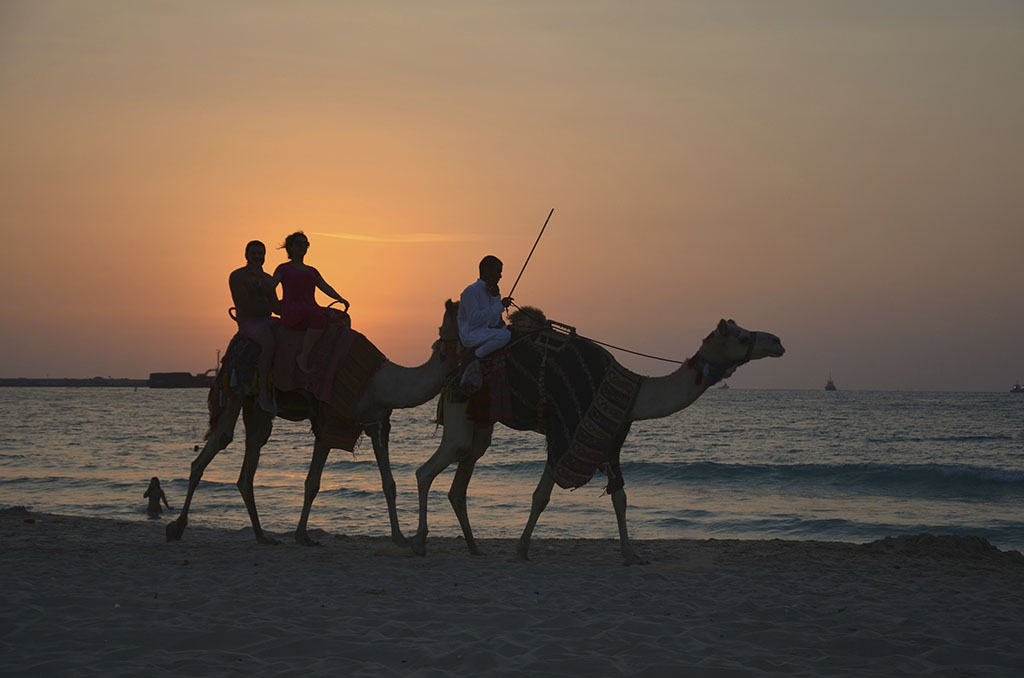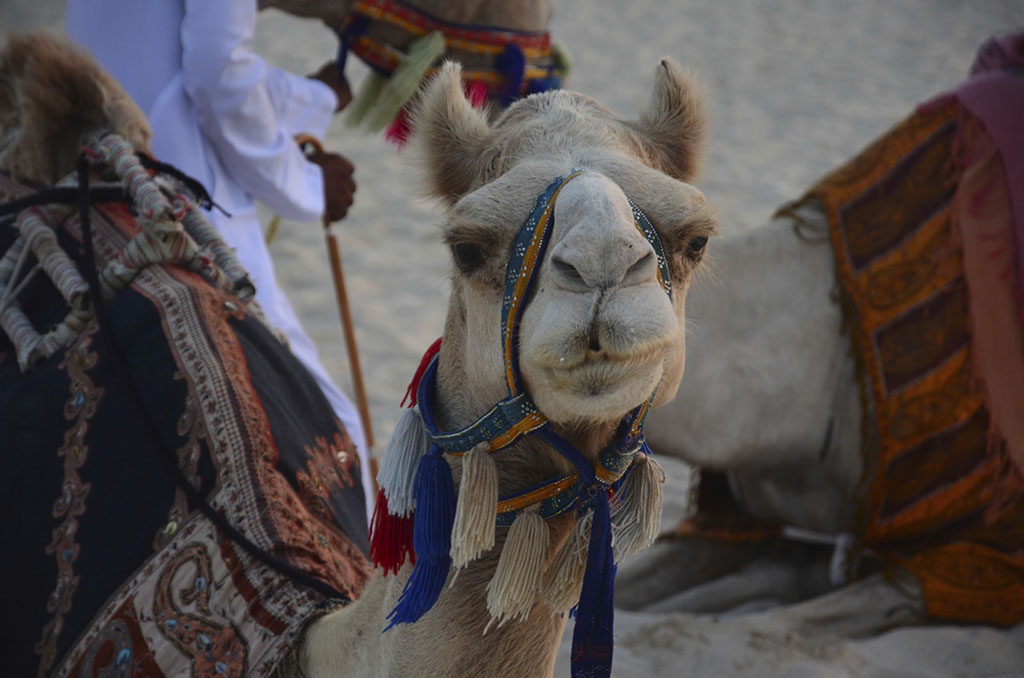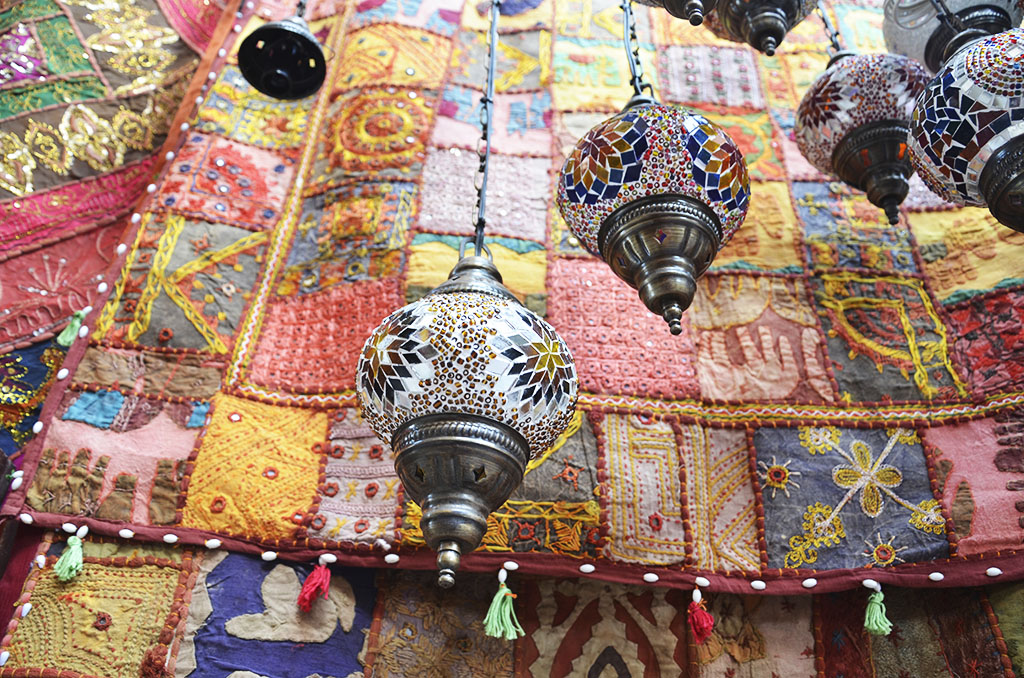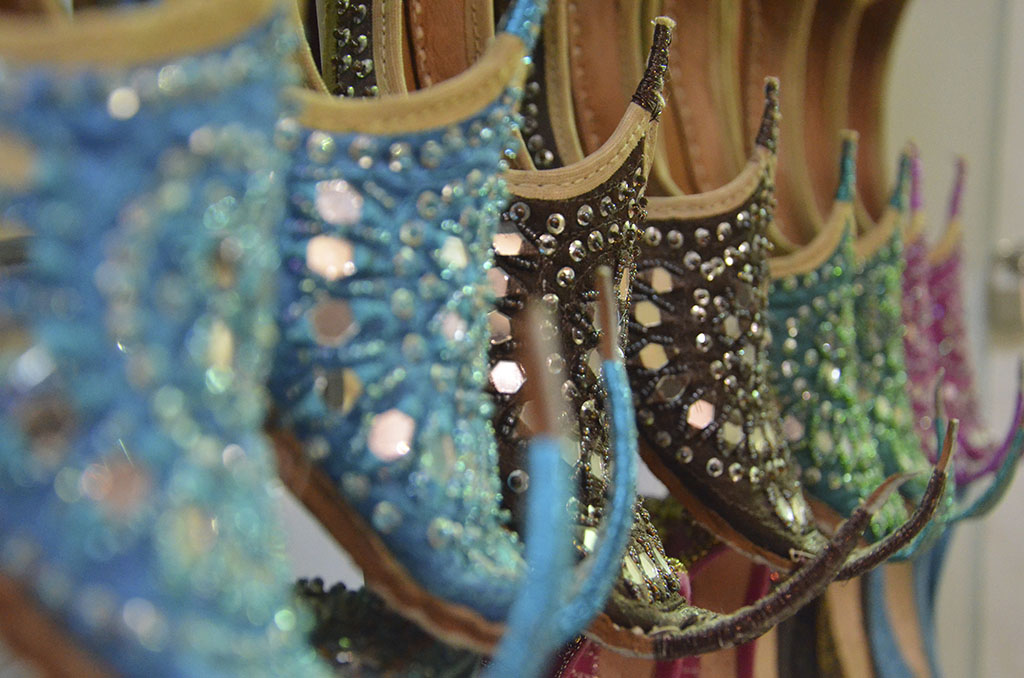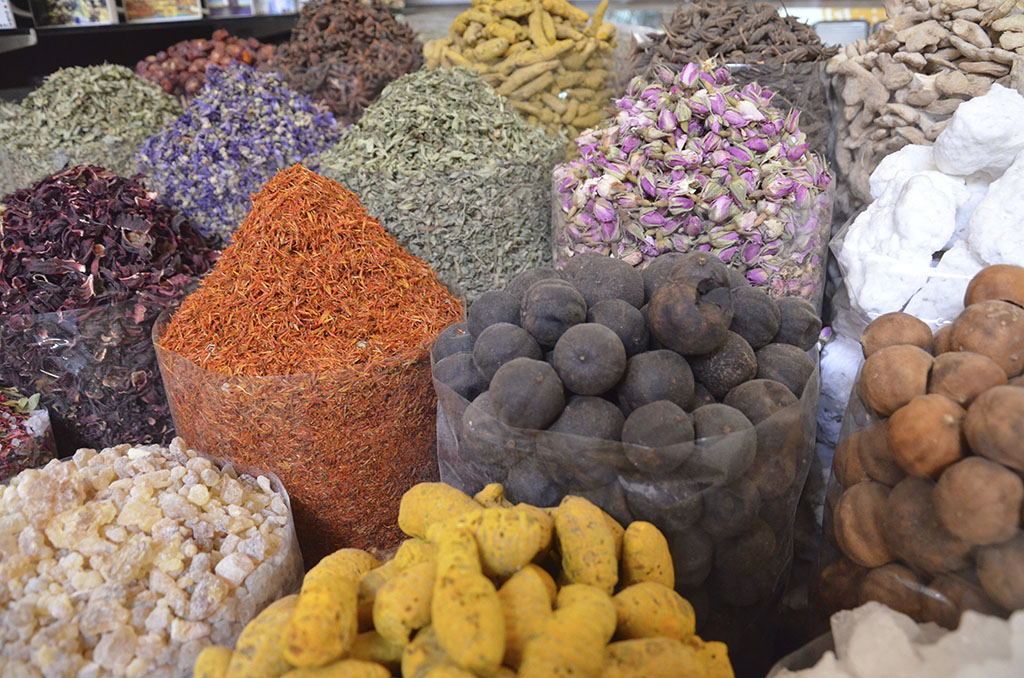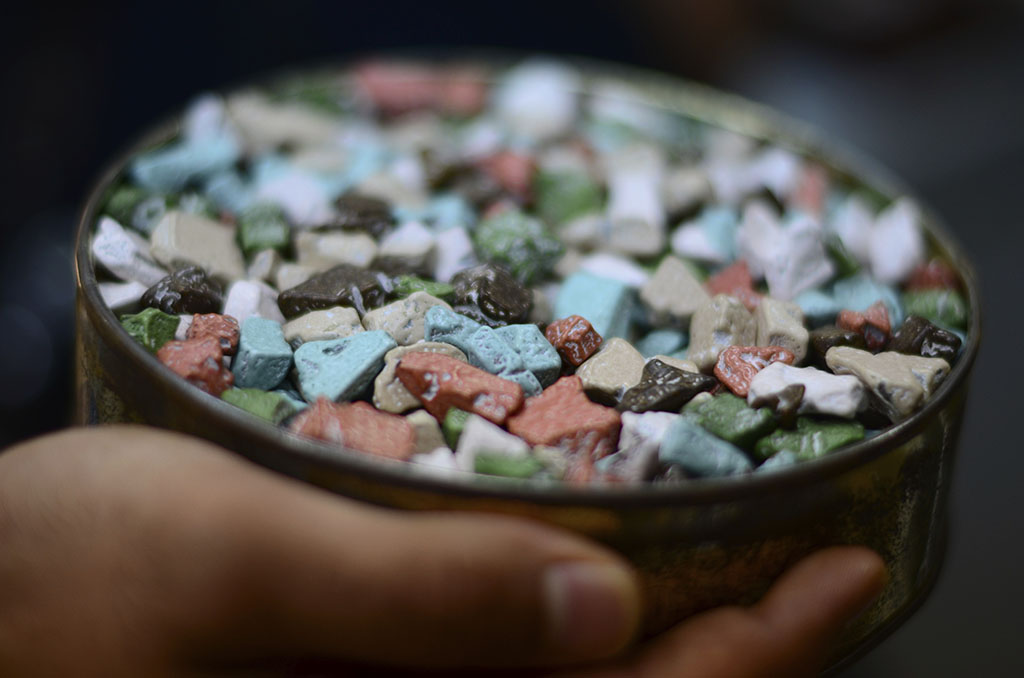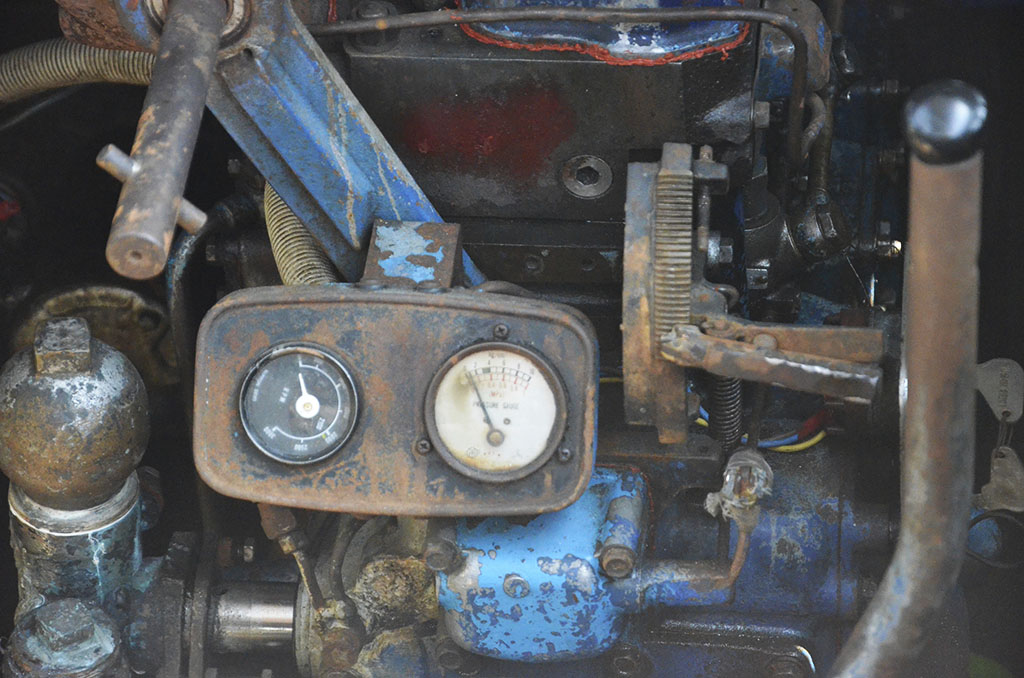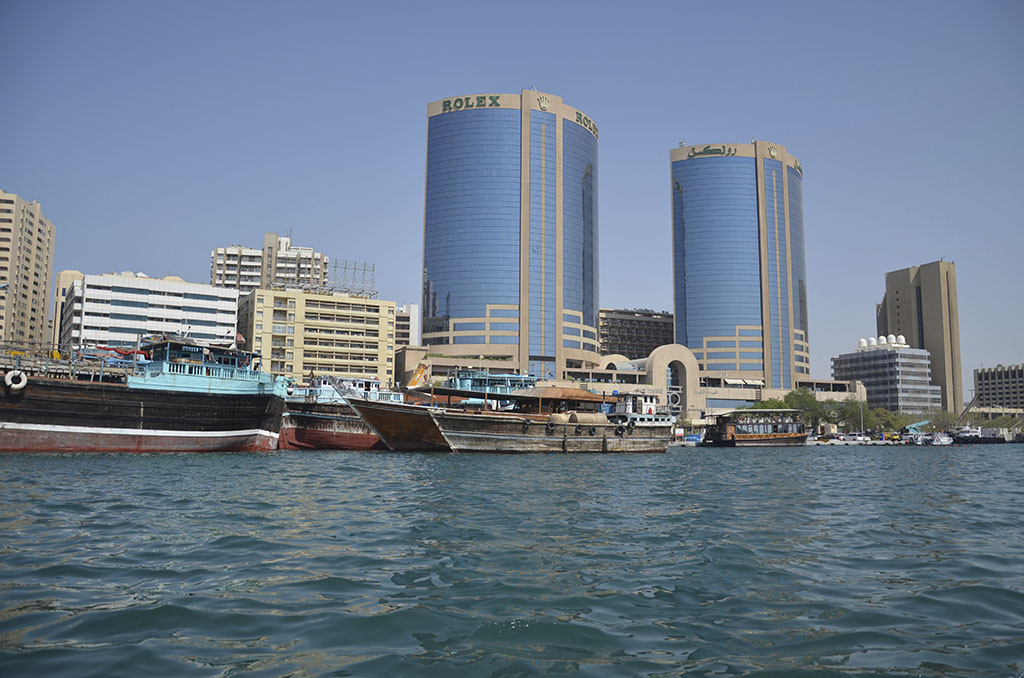When the thought of going to Dubai first came up, I was sceptical. It’s all so artificial, I thought. I want to travel the world, admire natural spectacles, get to know different cultures and traditions. In a place so artificial, so quintessentially manmade, would I feel like I’m exploring another part of the world – or just admiring the architecture? Both, as it turned out. This part of the world, that I hadn’t yet seen, proved to be one full of extremes. Some fascinating, some shocking. Both worth the travel.
Click here for desert experience
Many photographers find that you shouldn’t take pictures in an upright format. In Dubai you almost cannot avoid it. The shiny, mirrored, light-changing giants skyrocket everywhere as far as the eye can see. Where there are none, they’re being built. The city’s wealth is impossible to miss, one skyscraper outdoes another and so on and so forth.
Everything is manmade. There seems to be no room for animals and nature in this artificial city.
But what it lacks in nature it makes up for in architecture. And in exchange to the animals, it‘s home to the tallest building of the world and if you want to, you can go skiing at 37 degrees. Everything seems to be possible here. My brother pondered, whether the name “Dubai” descends from “to buy”.
On the face of it, that seems to be the key feature of Dubai: Skyscrapers that symbolize wealth and luxury. On a closer look something else becomes clear, that characterises this peculiar place: Contrast.
For instance you could be swimming in the incredibly warm and clear sea while looking over a quirky combination of palm trees, skyscrapers and camels.
Also the Souks in Dubai deliver a strong contrast to the shiny high-risers, the luxury hotels and the big cars with tinted windows. This place is controlled by crowdedness and dominated by colours, patterns and spices. Salesmen that seem to speak all the world’s languages, call the visitors close to sell them the secrets of the Orient. Chocolate made of camel-milk, strong mint to fight a cold and all imaginable clothes in a multi-coloured jumble.
After the crowd of eager vendors in the souks, we sailed over the Dubai Creek on a little boat whose driver navigated with his foot. It’s the perfect point to examine the city in and its diversity from – where skyscrapers and harbour-life come together.
In the photo above: Traditional Arabian merchant ships.
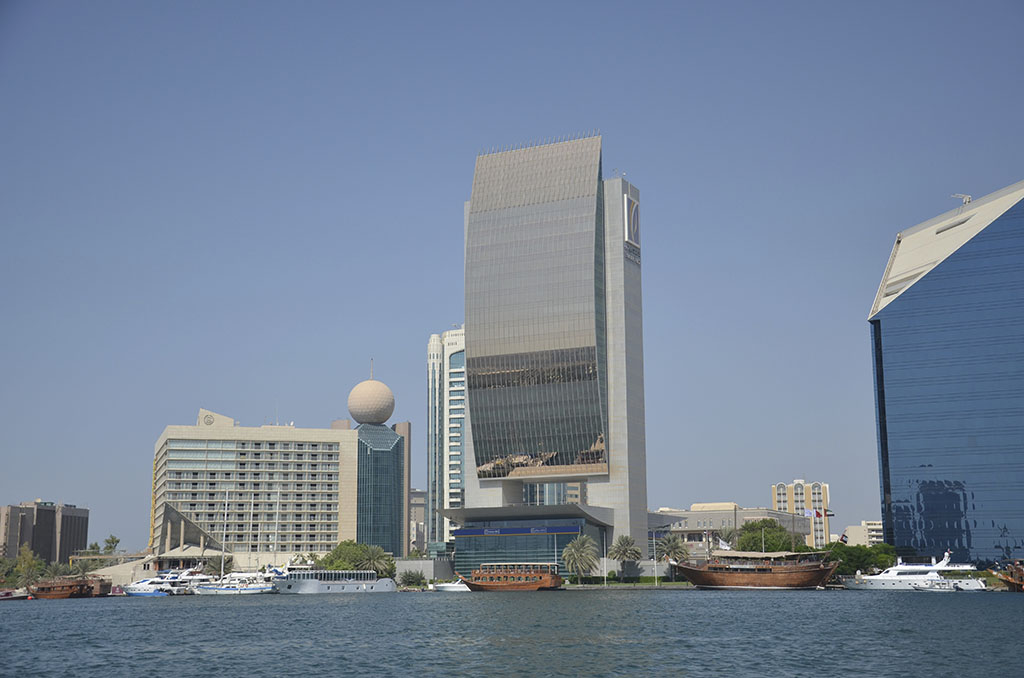
But also luxury yachts aren’t unusual on the Dubai Creek.
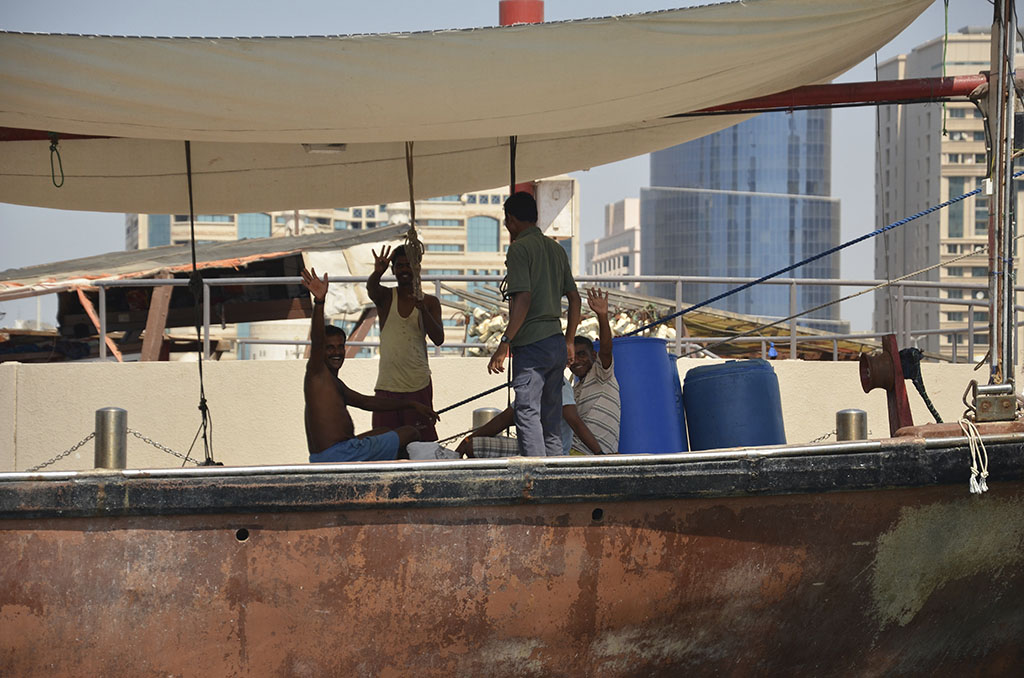
The bottom line is that the decision to go to Dubai was the right one. This part of the world, as artificial as it might be, is extraordinary the likes of which I have never before encountered. On the one hand there’s the city, a fancy jungle of skyscrapers that grows rapidly, one floor at a time – a pure people-product. On the other hand there’s the desert, an entirely untouched landscape that couldn’t have less to do with competition and artificiality. That’s the Dubai I experienced. A world full of extremes. Drastic and well worth a visit.
Quaint facts:
- In the UAE Friday is Sunday. On the Arabian Friday people do not work – but there’s plenty of food.
- Shisha instead of booze. Alcohol is not sold publically in Dubai and even in restaurants you often have to go without the usual glas of wine. Instead of going out for an after-work beer, you would go to a shisha bar in Dubai.
- You‘ll even find a shisha on the coins of the local currency
